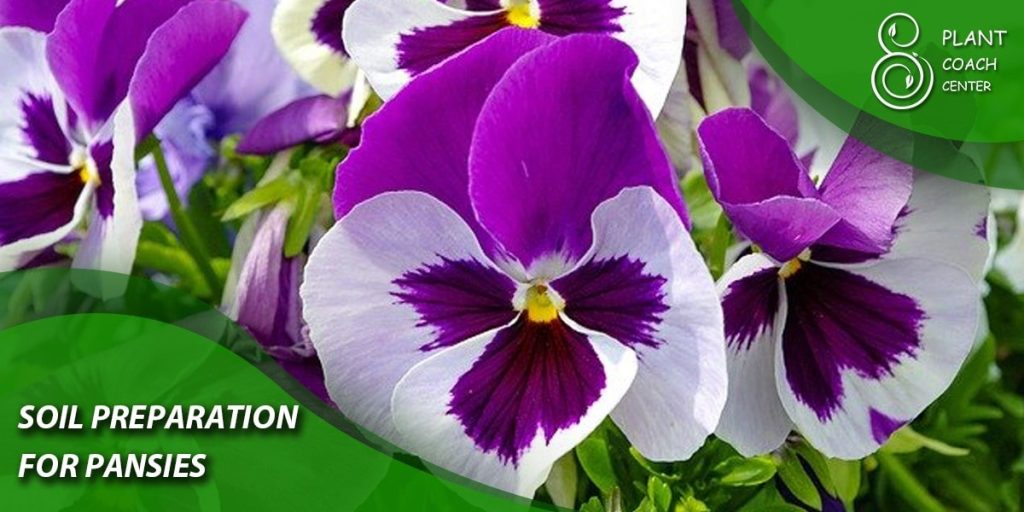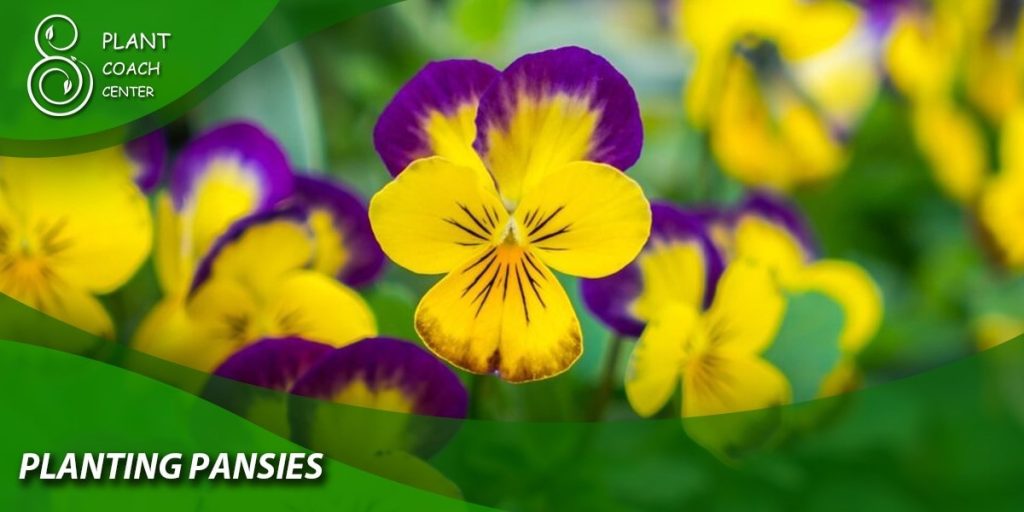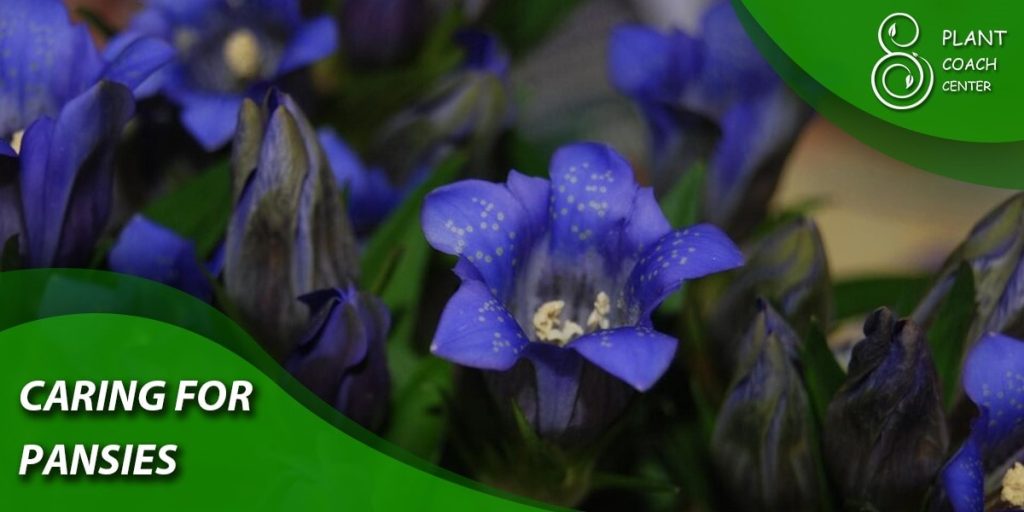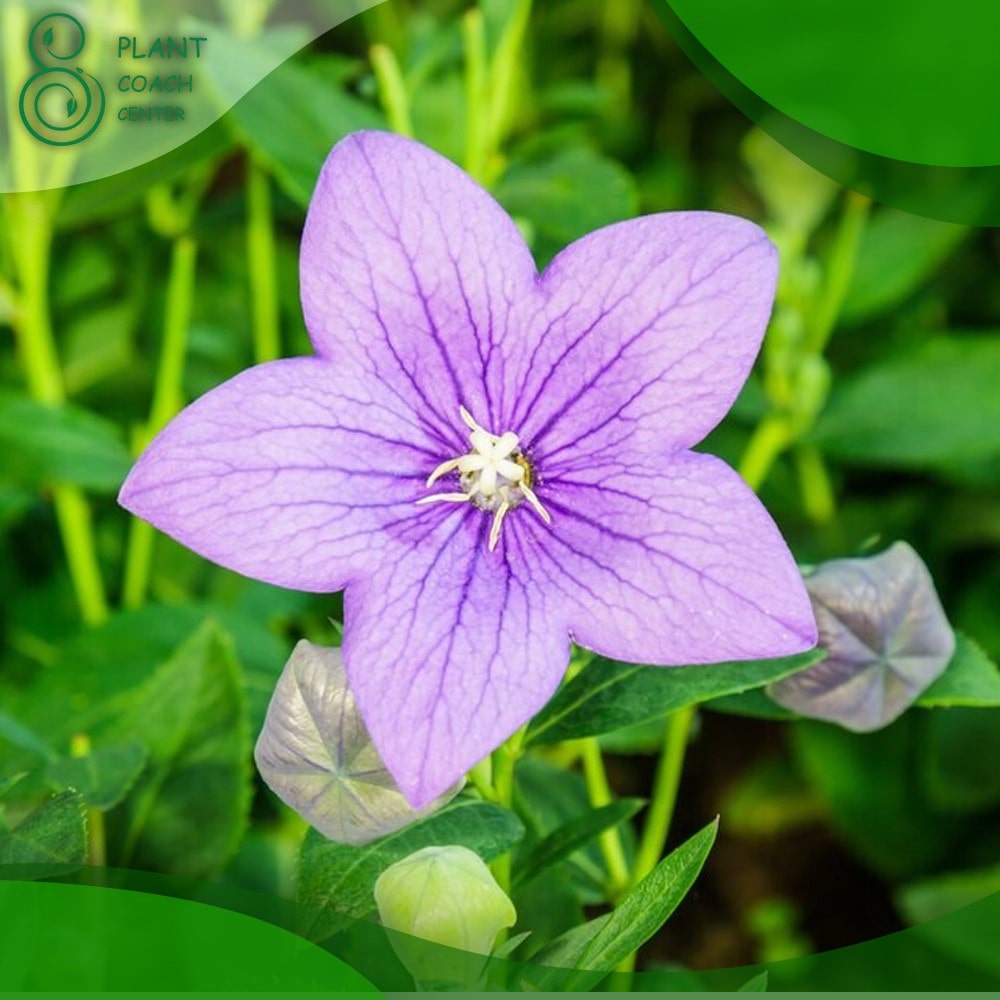When Can I Plant Pansies?
Pansies are beautiful and hardy flowers that can bring color and cheer to your garden or landscape. If you’re a gardener or a plant enthusiast, you may be wondering when the best time to plant pansies is.
In this article, we’ll cover everything you need to know about planting pansies, including the ideal planting time, soil preparation techniques, common problems and solutions, caring for mature plants, and more.

Understanding Pansies
Before we dive into the specifics of planting pansies, let’s take a moment to understand more about these beautiful flowers.
Brief history and origin of pansies
Pansies have a long and interesting history, dating back to ancient Greece and Rome. They were popularized during the Victorian era, where they were known as “heartsease” and symbolized love and remembrance. Today, pansies are a popular choice for gardeners and landscapers around the world.
Characteristics and features of pansies
Pansies are known for their beautiful and vibrant blooms, which come in a wide range of colors and patterns. They are typically small and compact, but can grow up to 9 inches in height. Pansies thrive in cool weather and can tolerate frost and light snow.
Different types of pansies available
There are many different types of pansies available, including large-flowered pansies, trailing pansies, and multiflora pansies. Each type has its own unique characteristics and features, and can be used in different ways in the garden or landscape.
Ideal Planting Time for Pansies
Now that we understand more about pansies, let’s talk about the ideal planting time for these beautiful flowers.
Factors that influence planting time
Several factors can influence the ideal planting time for pansies, including your climate, soil conditions, and the type of pansies you are growing. In general, pansies should be planted in cool weather, but not when the ground is still frozen or excessively wet.
Climate and weather conditions for pansies
Pansies prefer cool temperatures and can tolerate frost and light snow. They typically bloom best in temperatures between 45°F and 65°F (7°C to 18°C). In some regions, pansies can be planted in the fall for overwintering and blooming in the spring.

When to plant pansies based on your region
The ideal planting time for pansies can vary depending on your geographic region and climate. Here are some general guidelines for planting pansies in different regions:
– Northern U.S.: Plant pansies in early spring, as soon as the ground can be worked. In some areas, pansies can also be planted in the fall for overwintering.
– Southern U.S.: Plant pansies in the fall or winter for blooming in the winter and early spring. In some areas, pansies can also be planted in early spring.
– Coastal areas: Plant pansies in the fall or winter for blooming in the winter and early spring. Coastal areas may have mild winters that are ideal for pansy growth.
– Desert areas: Plant pansies in the fall or winter for blooming in the winter and early spring. Avoid planting pansies in the summer, as the heat can be too intense.
The best time of day to plant pansies
The best time of day to plant pansies is early in the morning or late in the afternoon, when the temperatures are cooler and the sun is less intense. This will help to reduce stress on the plants and give them a better chance of establishing their roots.

Soil Preparation for Pansies
Preparing the soil properly is an important step in planting pansies. Here are some soil preparation techniques to ensure your pansies have the best chance of thriving.
Soil type and quality for pansies
Pansies prefer well-draining soil that is rich in organic matter. The ideal soil pH for pansies is between 5.4 and 5.8. If your soil is clay-based or compacted, you may need to amend it with organic matter such as compost or peat moss to improve drainage and fertility.
Importance of soil pH for pansies
Soil pH is an important factor in plant growth and health, as it affects nutrient availability and uptake. Pansies prefer slightly acidic soil, with a pH range of 5.4 to 5.8. You can test your soil pH using a soil test kit, which is available at most garden centers.
Soil amendments and fertilizers for pansies
Amending your soil with organic matter can help to improve soil structure, drainage, and fertility for pansies. You can add compost, peat moss, or well-rotted manure to your soil before planting. Pansies also benefit from regular fertilization with a balanced fertilizer, such as 10-10-10 or 5-10-5.
Techniques for preparing soil for pansies
To prepare your soil for planting pansies, follow these steps:
- Remove any weeds or debris from the area where you will be planting.
- Loosen the soil to a depth of at least 6 inches using a garden fork or tiller.
- Add organic matter to the soil and mix it in thoroughly.
- Test the soil pH and adjust it if necessary using lime or sulfur.
- Apply a balanced fertilizer according to the package instructions.
Planting Pansies
Now that you’ve prepared the soil, it’s time to plant your pansies. Follow these tips for successful planting:
How to plant pansies in garden beds
- Dig a hole that is slightly larger than the root ball of your pansy plant.
- Gently remove the plant from its container and loosen the roots.
- Place the plant in the hole and backfill with soil.
- Firm the soil around the plant with your hands.
- Water the plant thoroughly to help it settle into the soil.
Tips for planting pansies in containers
- Choose a container that is at least 6 inches deep and has drainage holes.
- Fill the container with a well-draining potting mix.
- Plant the pansies at the same depth they were growing in their original container.
- Water the container thoroughly and place it in a sunny or partially shady location.

Planting depth and spacing for pansies
Pansies should be planted at the same depth they were growing in their original container. Space your pansies about 6 to 8 inches apart to allow room for growth and air circulation.
Watering and care for newly planted pansies
After planting, water your pansies thoroughly to help them settle into the soil. Keep the soil moist but not waterlogged, and avoid getting water on the leaves or flowers. Pansies require regular care and maintenance to thrive, including fertilizing every few weeks with a balanced fertilizer, providing support for tall varieties, and removing any dead or diseased plant material.
Common Pansy Problems and Solutions
While pansies are relatively easy to grow, they can sometimes experience problems such as pests, diseases, and environmental stress. Here are some common pansy problems and solutions:
Pests and diseases that affect pansies
– Aphids: These small, soft-bodied insects can suck the sap from pansy leaves and cause distortion and curling. They can be controlled with insecticidal soap or neem oil.
– Slugs and snails: These pests can chew holes in pansy leaves and damage the flowers. They can be controlled with baits or traps.
– Powdery mildew: This fungal disease can cause a white powdery coating on the leaves and stems of pansies. It can be controlled with fungicides or by improving air circulation around the plants.
– Botrytis blight: This fungal disease can cause brown spots on pansy leaves and flowers, as well as stem rot. It can be controlled with fungicides or by removing infected plant material.
Identifying and treating common pansy problems
If you notice any problems with your pansies, it’s important to identify the cause and take appropriate action. Here are some tips for identifying and treating common pansy problems:
– Yellowing leaves: This can be a sign of overwatering, underwatering, or nutrient deficiencies. Adjust your watering and fertilization practices accordingly.
– Stunted growth: This can be a sign of poor soil quality, lack of sunlight, or pest infestation. Check your soil, lighting conditions, and plants for signs of pests or disease.
– Wilting or drooping: This can be a sign of underwatering, overwatering, or root rot. Adjust your watering practices and check for signs of root damage or disease.
Prevention measures to keep pansies healthy and thriving
Prevention is always the best medicine when it comes to plant problems. Here are some measures you can take to keep your pansies healthy and thriving:
– Plant pansies in well-draining soil that is rich in organic matter.
– Water pansies carefully, keeping the soil moist but not waterlogged.
– Fertilize pansies regularly with a balanced fertilizer.
– Provide support for tall varieties to prevent them from falling over.
– Remove any dead or diseased plant material promptly to prevent the spread of disease.

Caring for Mature Pansies
Once your pansies have established themselves in the soil, they require regular care and maintenance to keep them healthy and blooming. Here are some tips for caring for mature pansies:
Deadheading and pruning pansies
Deadheading is the process of removing spent blooms from pansy plants to encourage more blooming. To deadhead your pansies, simply pinch off any spent flowers with your fingers or use scissors or pruners to cut off the stem just above the first set of leaves. Pruning can also help to shape and maintain the size of your pansy plants.
Fertilizing and feeding pansies
Pansies require regular fertilization to stay healthy and blooming. You can apply a balanced fertilizer, such as 10-10-10 or 5-10-5, every few weeks during the growing season to provide the necessary nutrients. Alternatively, you can use a slow-release fertilizer that will feed your pansies over a longer period of time.
Watering and irrigation for pansies
Pansies require regular watering to keep the soil moist but not waterlogged. Water your pansies deeply once or twice a week, depending on the weather and soil conditions. Avoid getting water on the leaves or flowers, as this can promote disease and fungal growth.
Mulching and weed control for pansies
Mulching around your pansies can help to conserve moisture, regulate soil temperature, and suppress weed growth. You can use organic mulches such as straw or shredded leaves, or inorganic mulches such as gravel or pebbles.
Weed control is also important for the health and appearance of your pansies. Regularly remove any weeds that may be competing with your pansies for nutrients and water.
Winter care for pansies
In some regions, pansies can overwinter and bloom again in the spring. To prepare your pansies for winter, apply a layer of mulch around the plants to help insulate them from the cold. You can also cover your pansies with a frost cloth or blanket during periods of extreme cold or frost.
Conclusion
Pansies are beautiful and hardy flowers that can add color and cheer to your garden or landscape. By understanding the ideal planting time, soil preparation techniques, common problems and solutions, caring for mature plants, and more, you can ensure that your pansies thrive and bloom all season long.
With a little care and attention, your pansies will reward you with their vibrant and cheerful blooms year after year.
When can I plant pansies?
Pansies can be planted in early spring or fall, depending on your climate and local frost dates.
Can pansies tolerate frost?
Yes, pansies are relatively cold-tolerant and can withstand light frosts, making them suitable for early spring and fall planting.
Is it possible to plant pansies in the summer?
Pansies prefer cooler temperatures, so summer planting is generally not recommended, as they may struggle with heat stress.







